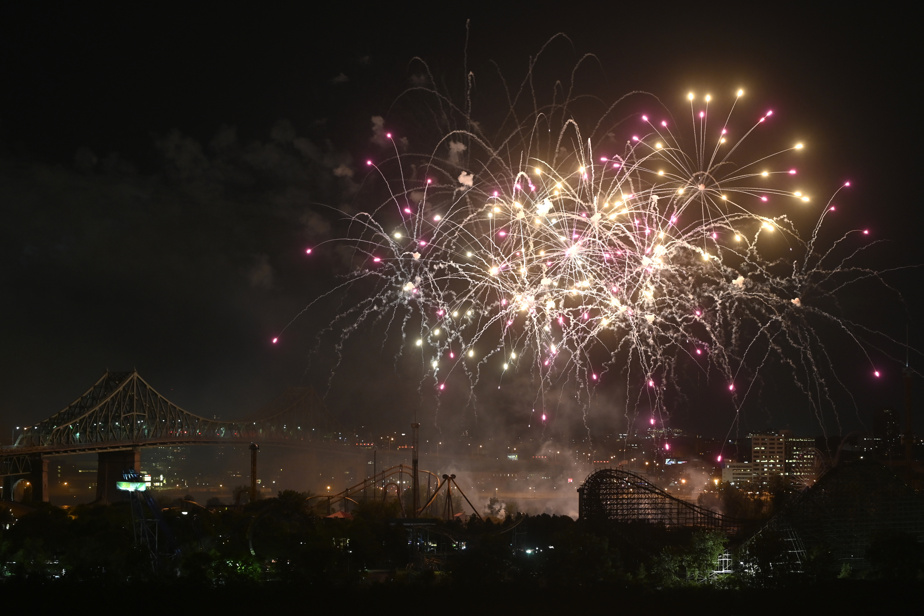Polluting clouds, fine particles posing health risks, debris in lakes and rivers, deafening noises: the city of Mont-Tremblant is breaking with tradition by banning fireworks.
As a result, there will be no pyrotechnic bombs in the skies of this tourist region during the national holiday on June 24 or around July 1 for Canada celebrations. A ban that raises eyebrows among major industry players, who argue that strict measures have been put in place to reduce the toxicity of fireworks.
In the small municipality of the Laurentians, Deputy Mayor Dominique Laverdure says the decision was not taken lightly. It is the “fruit of a long reflection”. She hopes the ban will inspire other cities. Instead, she adds, a multimedia show combining music and light effects will be offered to feasters.
Marc J. Olivier, a chemist specializing in the environment and the management of hazardous materials, such as explosives, at the University of Sherbrooke, was attending a show by the International des feus Loto-Québec at La Ronde when he became interested in the first time to the phenomenon. It was in the 2000s. He began to wonder about the impact of pyrotechnic bombs on the thousands of people gathered on the Jacques-Cartier Bridge.
“Me and my family were attending when we saw the smoke moving quietly towards the crowd. I thought it must not be nice to be in the middle of this cloud. My primary concern was for safety and health,” he recalls.
Thanks to Montreal’s air quality monitoring network, the chemist was able to extract data corresponding to large fireworks. Its results have been published. In the axis of the prevailing winds, he noted air contamination “exceeding up to 30 times the established standards” following the day of the fires.
Crowned with gold four times at the International des feus Loto-Québec and several times world champion for its shows, Royal pyrotechnie is a major supplier of sparks in Quebec. Its president and artistic director, Yanick Roy, accompanied by his fireworks partner, Éric Fréchette, believe that there is a line to be drawn between large fires and fires for domestic use.
The City of Mont-Tremblant’s regulations are “draconian” to say the least, they argued in an interview with La Presse.
“Large bonfires are governed by federal laws. You cannot import fires from the United States, they come from Europe or Asia. Today, they no longer contain lead used to prolong the showers of stars to the ground. And at home, since 2017, we have had a research and development division. We even manage to eliminate perchlorate salts [derived from chlorine providing the oxygen necessary for the combustion of rockets], replacing them with nitrogenous products. »
In Montreal, no fireworks ban is being considered by the city center. However, it is necessary to obtain authorization from the Montreal Fire Department (SIM) for all types of fires. In some places, notably in Montreal North, the police department has already had to crack down on individuals from time to time.
Elsewhere in Quebec, the municipality of Prévost, in the Laurentians, did not adopt a clear ban, but in February 2023, elected officials decided to cancel fireworks to avoid winter smog.
In Dorval, a municipality in the west of the island of Montreal, Mayor Marc Doret explains that there have already been a few complaints from residents. It is not excluded that the matter will be submitted to the City’s environmental division.
Meanwhile, multimedia entertainment company Laser-Quantum is making a name for itself with cities, according to Francis Vaillancourt-Martin. He is the designer of the show highlighting the 350th anniversary of the municipality of Terrebonne.
“We have been in contact with cities for a few years. We only use electricity, and we arrive with our own mobile. Even without a power source, we could manage to be autonomous by operating with batteries. There is also a craze for shows from a drone. »

